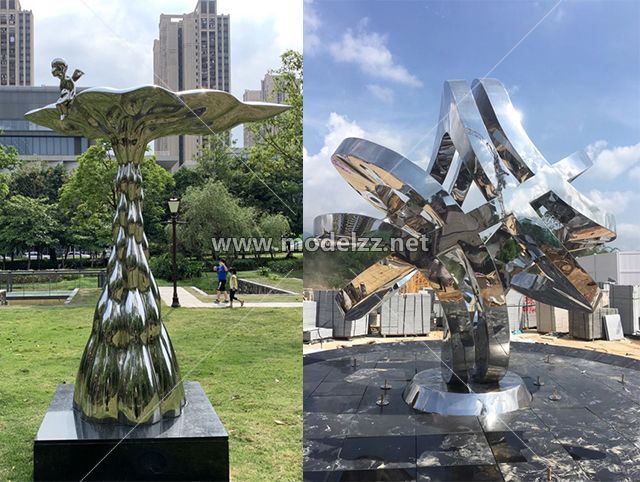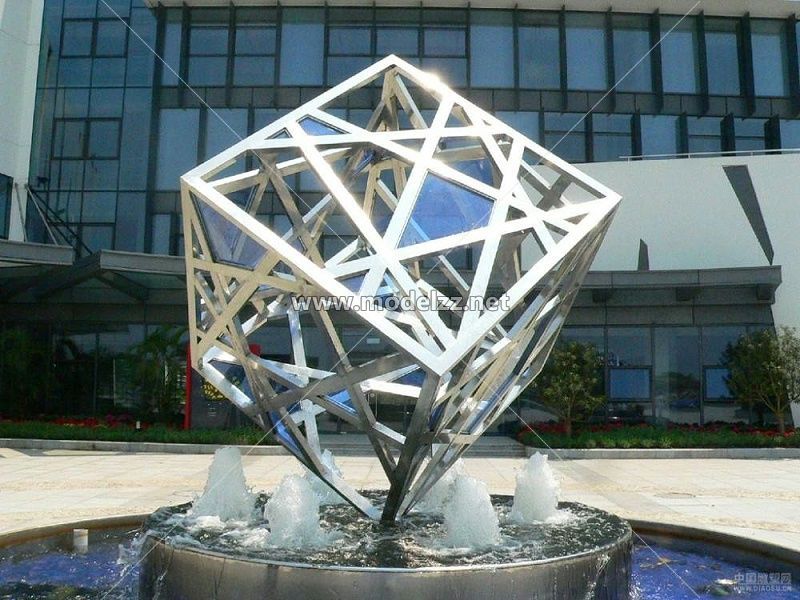Stainless steel is known for its corrosion resistance attribute. Stainless steel is mild steel with addition of chromium, allowing the formation of a tough, adherent, invisible, corrosion-resistant chromium oxide film on the polished stainless steel sculpture surface. Corrosion resistance and other useful properties of steel are enhanced by increasing the chromium content and other elements such as molybdenum, nickel and nitrogen. Different grades of stainless steel are identified by the content of alloying elements. These affect their mechanical properties and corrosion resistance. Although there are more than 100 grades of stainless steel, the 304 and 316 are the most suitable materials for making custom Stainless Steel Sculpture. So we would talk about the detailed difference between 304 and 306 stainless steel here.

Typically, Grade 304 stainless steel contains about 18% chromium and 9% nickel. As a general purpose stainless steel, it is weldable and polished to a high gloss. With its chromium-nickel content and low carbon, type 304 is the most versatile stainless steels for custom mold making services. Type 304 is easy to manufacture, preventing product contamination and offering a variety of finishes and appearances.

Grade 316 contains 18% chromium, 10% nickel, and most importantly 2% molybdenum, so type 316 stainless steel is heat-resistant. It has higher chemical resistance than type 304. It is much more resistant to sulfuric acid, chloride, bromide, iodide and fatty acid solutions at high temperatures. From the perspective costs, grade 316 stainless steel is a little more expensive than grade 304 stainless steel, While grade 316 may tarnish in the harshest locations over time, it is definitely the best stainless steel grade for construction projects at the coast. If budget allows, especially in costal cities, we always recommend grade 316 as it provides the greatest corrosion resistance.

